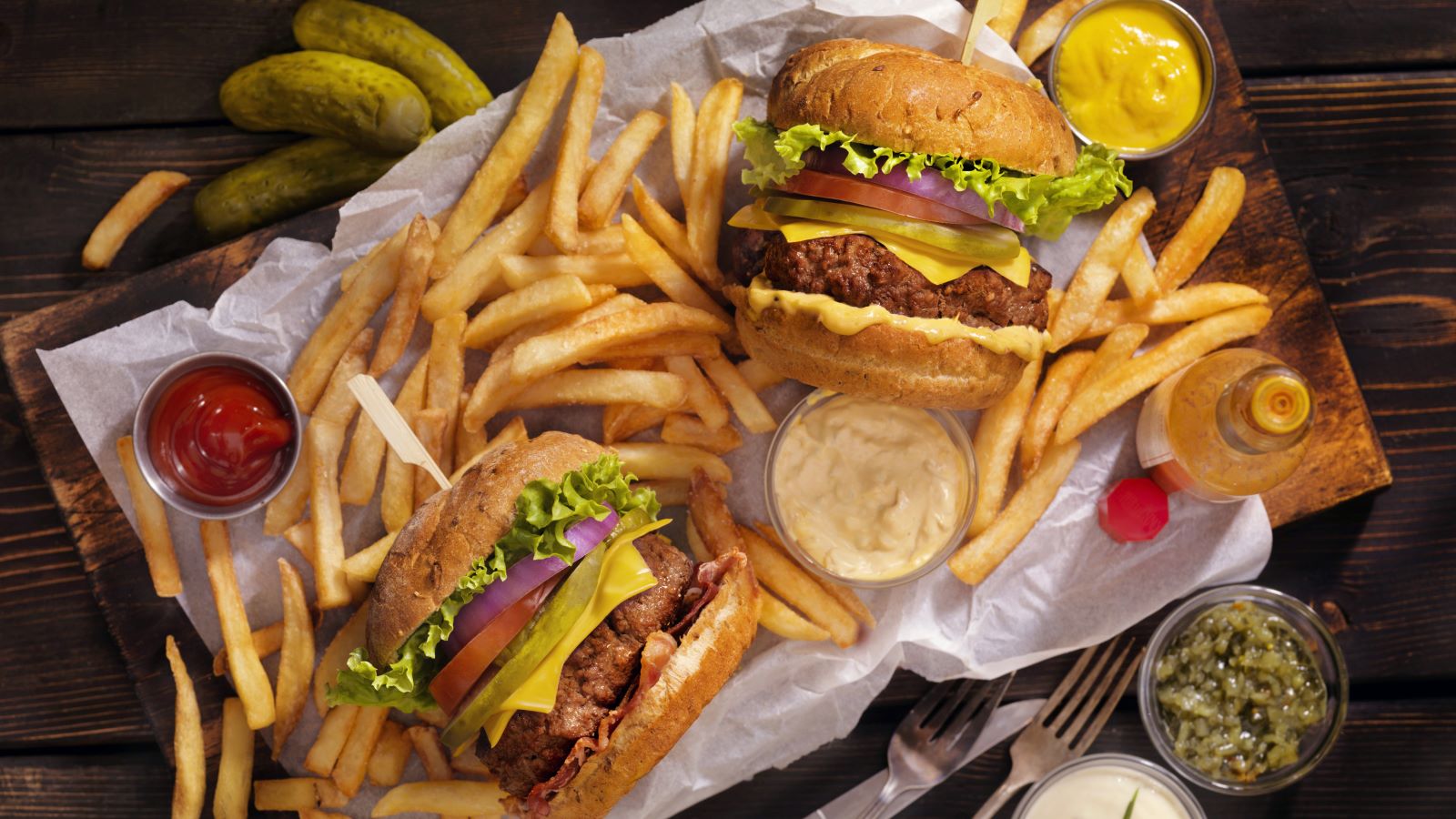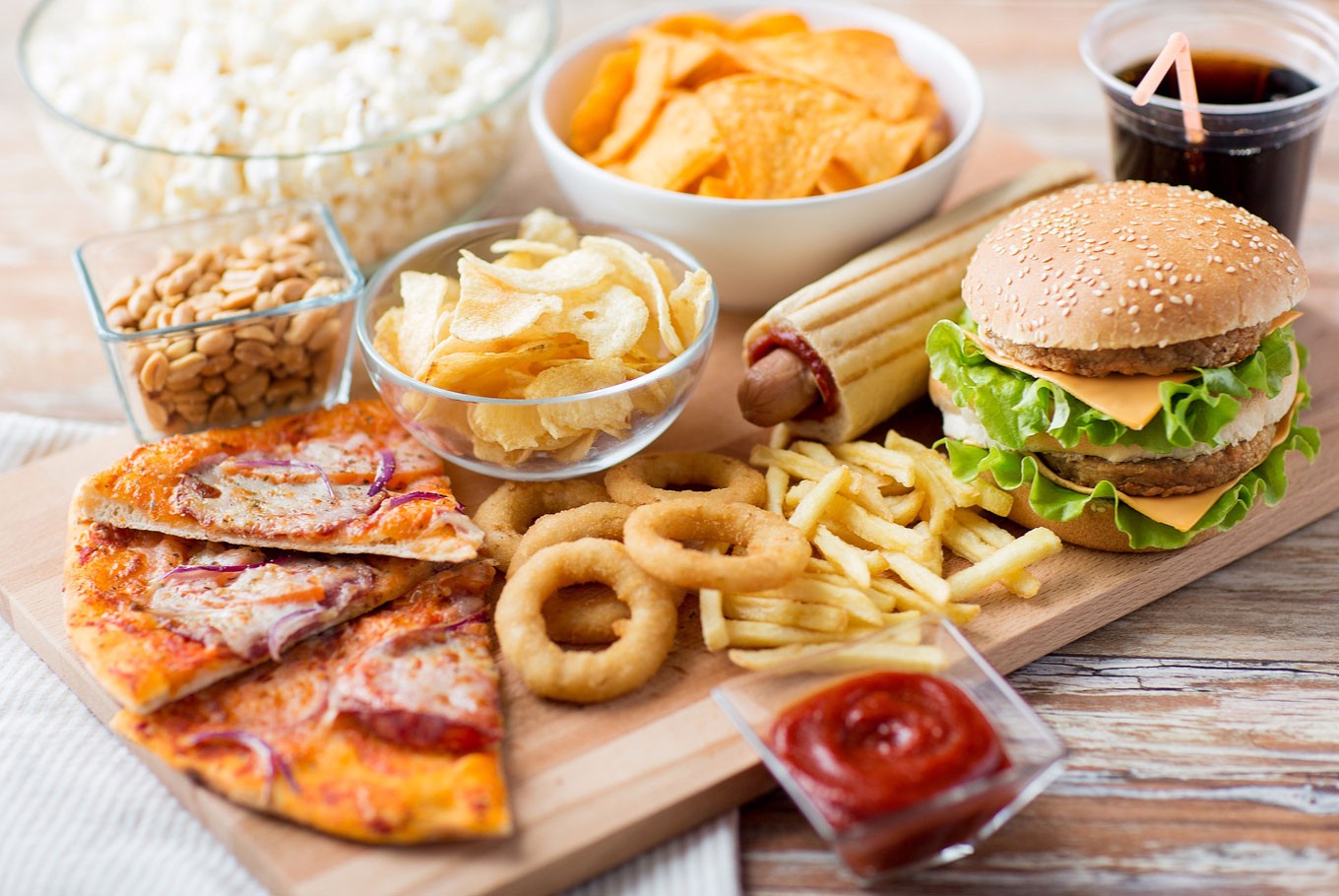As global fast food giants like McDonald’s and Starbucks report slowing sales, a significant shift in consumer habits is becoming evident. With inflation squeezing budgets, more people are choosing to dine at home, steering clear of the rising costs associated with eating out.
This change poses a considerable challenge for fast food chains across the United States and globally, compelling them to rethink their strategies and enhance promotional efforts to attract customers.

Fast Food: Rising Prices and the Consumer Response
Over the past year, fast food menus have seen a steady increase in prices, an attempt by companies to offset higher commodity and supply chain costs. This strategy, however, has led to reduced demand as consumers look for more economical dining options.
“The lack of value offers has opened up consumers to shop for different options whether it be other [chains] or the grocery stores,” notes Razmig Poundardjian, a portfolio manager at Carnegie Investment Counsel.

The Impact of Economic Slowdown on Global Sales
The economic slowdown is not confined to the U.S. alone; it’s a global phenomenon affecting major players in the industry. For instance, the ongoing slow economic recovery in China has added to the pressures faced by quick-service chains, impacting giants like Yum Brands and Starbucks.
The latter recently adjusted its full-year sales outlook, now expecting only flat to low single-digit gains globally, as CEO Laxman Narasimhan pointed out that customers are making trade-offs between dining out and eating at home.
US fast-food chains may have to amp up promotions as more people eat at home https://t.co/BVxOiUrns5 pic.twitter.com/gQtduJp5HY
— Reuters (@Reuters) May 1, 2024
Strategies to Entice the Cost-Conscious Customer
In response to these challenges, McDonald’s has shifted its focus towards improving offers on its meals, particularly targeting the lower-income cohort that has shown a higher propensity to reduce restaurant spending.
According to McDonald’s CEO Chris Kempczinski, “all income cohorts are seeking value,” which highlights the need for better deals and promotions to keep customers coming through the door.
The Broader Impact on Related Industries
The trend of dining at home isn’t just affecting fast food chains; it’s also impacting packaged food companies. For instance, Mondelez has reported a slowdown in sales for products like Chips Ahoy!, which are popular among lower-income households.
Additionally, Kraft Heinz’s CEO Carlos Abrams-Rivera observed a notable pullback in restaurant spending by these households, indicating a broader shift in consumer behavior that spans various sectors of the food industry.

Looking Ahead: Navigating the New Normal
As the landscape continues to evolve, fast food chains must navigate this new normal by continuously adapting their marketing strategies and promotional offers to meet changing consumer expectations and economic realities.
The balance between maintaining profitability and offering value will be crucial as these companies strive to attract a cautious consumer base that is increasingly looking to save money in uncertain times.
The fast food industry stands at a critical juncture where innovation in promotions and customer engagement strategies could determine the winners and losers in this shifting market dynamic.










